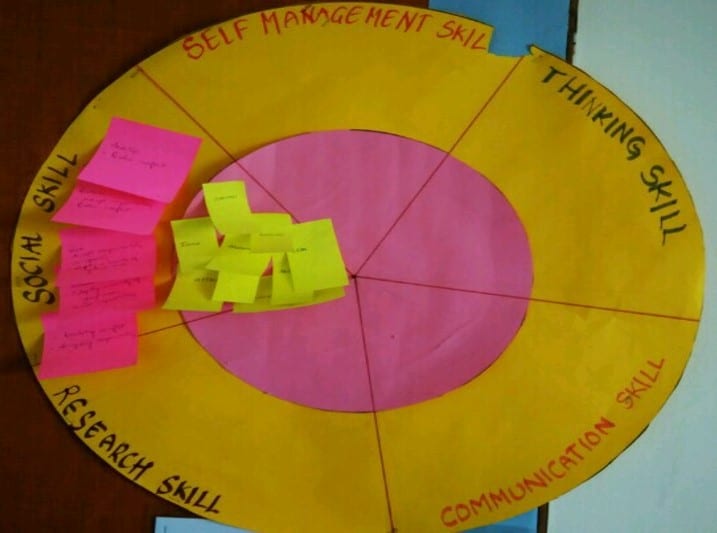This article summarizes how reflections help learners choose how they want to act. It shares a real-time example and utilizes an opportunity to appreciate the beauty of the PYP and how implementing it ties together all the elements!
As a committed PYP practitioner for five years, I keep appreciating the uniqueness of the programme. However, moving from theory to practice is not always an easy journey. The PYP stresses achieving a balance between acquisition of essential knowledge and skills, development of conceptual understandings, demonstrations of positive attitudes, and taking of responsible action. Making this a realty in a classroom and making it meaningful for learners will bring the outcomes of the programme to fruition.
The IB approaches to learning are unarguably the most important to acquire not only in the units of inquiry, but also for any learning and teaching that occurs within the classroom and in life outside the school. The five categories and their respective sub-skills encompass what is needed for a learner in the 21st century. In this dynamic, fast evolving world we need people who are not just knowledgeable but are critical thinkers and problem solvers.
Year after year I work with a new set of learners, each of them unique in their own way. This year I am working with learners who are highly energetic, curious and incredibly open-minded. We often engage in reflection sessions during which we discuss how we are learning in classroom, what is going well and what is not. Learners come up with sincere reflections including that we often fall short at displaying our skills.
Learners reflected that if they could work consciously towards displaying all the sub-skills, they would resolve most of the problems they face in and out of the classroom. In tandem with this thought process we as a class managed to develop a means to help assess our commitment to display these skills in classroom – The skills wheel.

This assessment model is based on Carol Dweck’s theory of Growth Mindset and the idea of “NOT YET” (Dweck, 2014).
Learners set up a skills goal for a period of 2 weeks. We display all the sub-skills of that category in an accessible area so that students know what they will be assessed on. After the observation period, the class meets up to discuss how they displayed each sub-skill. Learners provide each other feedback and those learners who have consistently made efforts to display the particular skill will be placed in the pink circle and those learners who have “not reached there yet” will be placed in the yellow part. Gradually, learners who try to work on their goal areas will be moved to the pink area too.
I have experienced a positive change in learners’ thinking and learning behaviour in the classroom while utilizing this tool. Learners evidently show more ownership to their actions as they are a part of this solution. It also encouraged learners to show commitment to their choice and be more open minded to feedback.
Although small, I feel this model acted as an effective means for me to make approaches to learning categories and sub-skills more meaningful for my learners. It gave our learners the opportunity to choose to act; to reflect and decide the course of their actions. That, I believe, is responsible action.
References:
https://www.ted.com/talks/carol_dweck_the_power_of_believing_that_you_can_improve
—
Rachana Kothapally is a PYP facilitator at Silver Oaks School Bangalore, India. She has been an IB practitioner for 5 years and is passionate about developing critical thinking and problem-solving abilities of learners.
